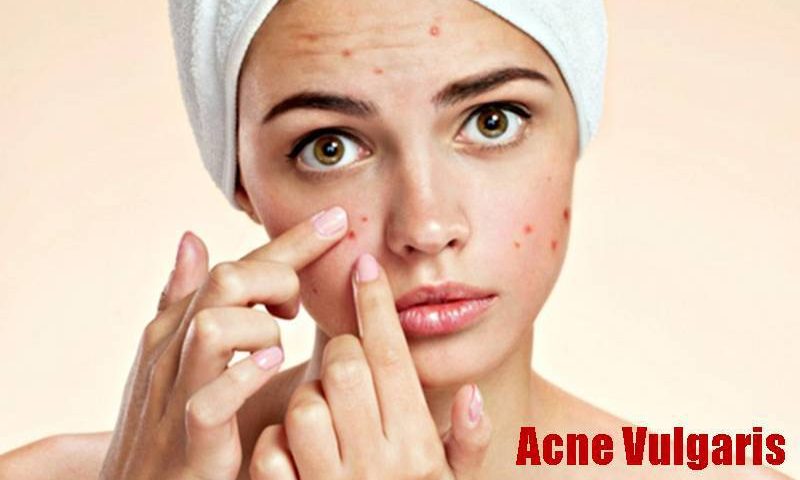Therapies for treating Acne and Acne Scars
These therapies may be suggested in select cases, either alone or in combination with medications.
Light therapy: A variety of light-based therapies have been tried with success. But further study is needed to determine the ideal method, light source and dose. Light therapy targets the bacteria that cause acne inflammation. Some types of light therapy are done in a doctor’s office. Blue-light therapy can be done at home with a hand-held device.
Possible side effects of light therapy include pain, temporary redness and sensitivity to sunlight.
Chemical peel: This procedure uses repeated applications of a chemical solution, such as salicylic acid. It is most effective when combined with other acne treatments, except oral retinoids. Chemical peels aren’t recommended for people taking oral retinoids because together these treatments can significantly irritate the skin.
Chemicals peels may cause temporary, severe redness, scaling and blistering, and long-term discoloration of the skin.
Extraction of whiteheads and blackheads: Your dermatologist uses special tools to gently remove whiteheads and blackheads (comedos) that haven’t cleared up with topical medications. This technique may cause scarring.
Steroid injection: Nodular and cystic lesions can be treated by injecting a steroid drug directly into them. This improves their appearance without the need for extraction. The side effects of this technique include thinning of the skin, lighter skin and the appearance of small blood vessels on the treated area.
Treating acne scars
Procedures used to diminish scars left by acne include the following:
Soft tissue fillers: Injecting soft tissue fillers, such as collagen or fat, under the skin and into indented scars can fill out or stretch the skin. This makes the scars less noticeable. Results are temporary, so you would need to repeat the injections periodically. Side effects include temporary swelling, redness and bruising.
Chemical peels: High-potency acid is applied to your skin to remove the top layer and minimize deeper scars.
Dermabrasion: This procedure is usually reserved for more severe scarring. It involves sanding (planing) the surface layer of skin with a rotating brush. This helps blend acne scars into the surrounding skin.
Laser resurfacing: This is a skin resurfacing procedure that uses a laser to improve the appearance of your skin.
Light therapy: Certain lasers, pulsed light sources and radiofrequency devices that don’t injure the epidermis can be used to treat scars. These treatments heat the dermis and cause new skin to form. After several treatments, acne scars may appear less noticeable. This treatment has shorter recovery times than some other methods. But you may need to repeat the procedure more often and results are subtle.
Skin surgery: Using a minor procedure called punch excision, your doctor cuts out individual acne scars and repairs the hole at the scar site with stitches or a skin graft.
Treating children
Most studies of acne drugs have involved people 12 years of age or older. Increasingly, younger children are getting acne as well. In one study of 365 girls ages 9 to 10, 78 percent of them had acne lesions. If your child has acne, you may want to consult a pediatric dermatologist. Ask about drugs to avoid in children, appropriate doses, drug interactions, side effects, and how treatment may affect a child’s growth and development.
Treatment of children with acne is often complicated by their family situation. For example, if a child moves between two homes due to divorced parents, it may help to use two sets of medications, one in each home.



